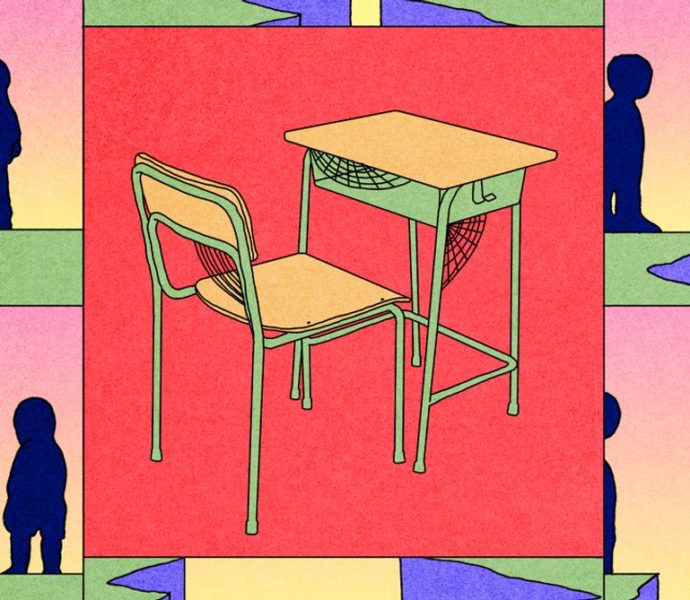Closing Schools for Covid-19 Does Lifelong Harm and Widens Inequality

IN THE STREETS of Amsterdam, children spend the “corona holiday” whizzing around on scooters; their peers in Paris are mostly stuck at home with video games; those in Dakar look after younger siblings. The one place they are not is at school. Over three-quarters of the world’s roughly 1.5bn schoolchildren are currently out of school, according to UNESCO, a UN agency. In most of China and in South Korea they have not darkened school doors since January. In Malta and California they have learnt they will not return before September. This global locking of school gates is unprecedented in scope, duration and likely consequences.
Schools have always strived to remain open during wars, famines and even storms. Their prolonged closure is costly. Most immediately it stands in the way of parents’ productivity. More worrying is the long-term harm done to children and their prospects. Closures stymie the learning and development of all kids. No amount of helicopter parenting can make up for the influence of peers and thought-through lesson plans.
Closures especially affect the poorest and the youngest school-goers. Those less likely to have access to three meals a day, an internet-enabled computer, highly educated parents, an available teacher and a safe quiet space to study will fare worst. And if eight-year-olds’ learning stops until the autumn, as it will for some, they could lose nearly a year’s maths attainment, according to first estimates. Without interventions the effects could last a lifetime.
For these reasons Singapore in 2003 cut its month-long June holiday by two weeks to make up for a fortnight of school closures during the SARS epidemic. Even short interruptions hurt performance. In America third-graders affected by weather-related closures do less well in state assessment exams. French-speaking Belgian students affected by a two-month teachers’ strike in 1990 were more likely to repeat a grade, and less likely to complete higher education, than similar Flemish-speaking students not affected by the strike.
West Africans readily recall the devastation caused by longer shutdowns. Today’s older schoolchildren will still remember how prolonged school closures during the Ebola outbreak in 2014 led to an increase in unplanned teen pregnancies and in related school dropouts. The difficulties faced by today’s schoolchildren in the rich world (the focus of this article) may seem trivial in comparison. In fact they, too, are serious and life-changing.
The rich world has no modern precedent but a 2017 paper by Keith Meyers, of the University of Southern Denmark, and Melissa Thomasson, of Miami University, on a polio epidemic in 1916 in America, made the lesson clear: closing schools hurts kids’ prospects. The younger ones leave school with lower achievements than previous cohorts and the older ones are more likely to drop out altogether.
Of course in 1916 there was no videoconferencing. Today nearly nine in ten affected rich countries provide some form of distance-learning (compared with only one in four poor countries). But this too can serve to highlight inequalities. In Britain more than half of pupils in private schools are taking part in daily online classes, compared with just one in five of their peers in state schools, according to the Sutton Trust, a charity. In the first weeks of the lockdown some American schools reported that over a third of their students had not even logged in to the school system, let alone attended classes. Meanwhile, elite schools report near full attendance and the rich have hired teachers as full-time private tutors.
Ashley Farris, an English teacher at KIPP high school in Denver, Colorado, says her school worked hard to get students computers and wifi access, but the digital gap is only part of the story. Some have had to get jobs to make up for the wages their parents have lost. Others must look after younger siblings.
Read the full article here
